How To Build Telescope ?
To build a telescope, you will need to gather the necessary materials and follow a step-by-step process. Start by obtaining a primary mirror, secondary mirror, and eyepiece. Construct a tube to house these components, ensuring it is long enough to achieve the desired focal length. Mount the primary mirror at one end of the tube and the secondary mirror near the other end. Align the mirrors properly to ensure accurate focusing. Attach the eyepiece to the tube, allowing for adjustable focus. Finally, construct a stable tripod or mount to support the telescope and enable smooth movement. Regularly clean and maintain the telescope to ensure optimal performance.
1、 Choosing the right telescope design for your needs
Choosing the right telescope design for your needs is crucial in order to fully enjoy the wonders of the night sky. With advancements in technology, there are various telescope designs available, each with its own advantages and limitations. Here, we will discuss the basics of how to build a telescope and provide insights into the latest developments in telescope design.
To build a telescope, you will need a few key components: a primary mirror or lens, a secondary mirror, an eyepiece, and a sturdy mount. The primary mirror or lens collects and focuses light, while the secondary mirror reflects the light into the eyepiece for observation. The mount ensures stability and allows for easy movement.
When choosing a telescope design, consider your observing goals. If you are interested in deep-sky objects such as galaxies and nebulae, a reflector telescope with a large primary mirror is ideal. Refractor telescopes, on the other hand, are great for observing the Moon, planets, and double stars due to their excellent image quality. For portability and ease of use, a compact and lightweight telescope like a Dobsonian is a popular choice.
In recent years, there have been advancements in telescope design, particularly in the field of computerized or "GoTo" telescopes. These telescopes are equipped with motors and computerized systems that automatically locate celestial objects, making stargazing more accessible to beginners. Additionally, there are now telescopes specifically designed for astrophotography, allowing enthusiasts to capture stunning images of the night sky.
Ultimately, the right telescope design for you depends on your observing preferences, budget, and level of expertise. It is recommended to consult with experienced astronomers or visit a local astronomy club to gain further insights and guidance in choosing the perfect telescope for your needs.
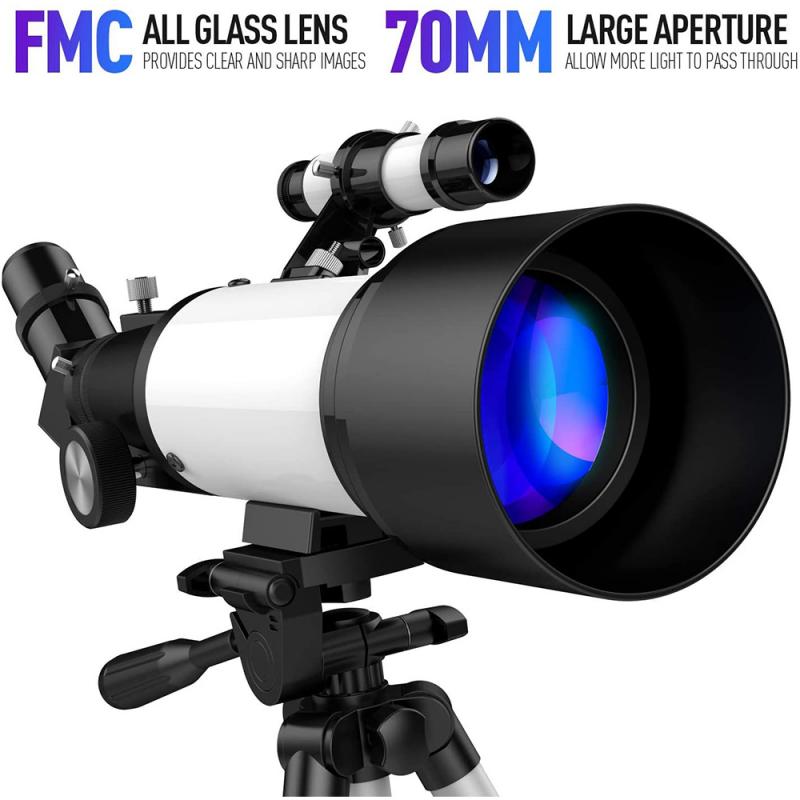
2、 Selecting high-quality optics and components
Selecting high-quality optics and components is a crucial step in building a telescope. Here are some key considerations to keep in mind:
1. Aperture: The size of the telescope's primary mirror or lens determines its light-gathering ability. A larger aperture allows for better resolution and the ability to observe fainter objects. Consider the type of observations you wish to make and choose an appropriate aperture size.
2. Optics: Look for high-quality lenses or mirrors that are well-coated to minimize reflections and maximize light transmission. Consider using achromatic or apochromatic lenses for better color correction and reduced chromatic aberration.
3. Mount: A stable and sturdy mount is essential for smooth tracking and stability during observations. Choose a mount that can support the weight of your telescope and provides easy maneuverability.
4. Focuser: A smooth and precise focuser is important for achieving sharp focus. Look for a dual-speed focuser that allows for fine adjustments.
5. Eyepieces: Selecting a range of high-quality eyepieces will enhance your viewing experience. Consider different focal lengths to achieve various magnifications and a wide field of view.
6. Accessories: Additional accessories like a finderscope, star diagonal, and filters can enhance your observations. Consider investing in a good quality finderscope for easy object location and a star diagonal for comfortable viewing.
7. Latest advancements: Stay updated with the latest advancements in telescope technology. For example, some telescopes now come with computerized mounts and GoTo systems, allowing for automated object tracking and easy navigation.
Remember to do thorough research, read reviews, and consult with experienced astronomers before making your final selections. Building a telescope requires careful consideration of each component to ensure optimal performance and a rewarding observing experience.
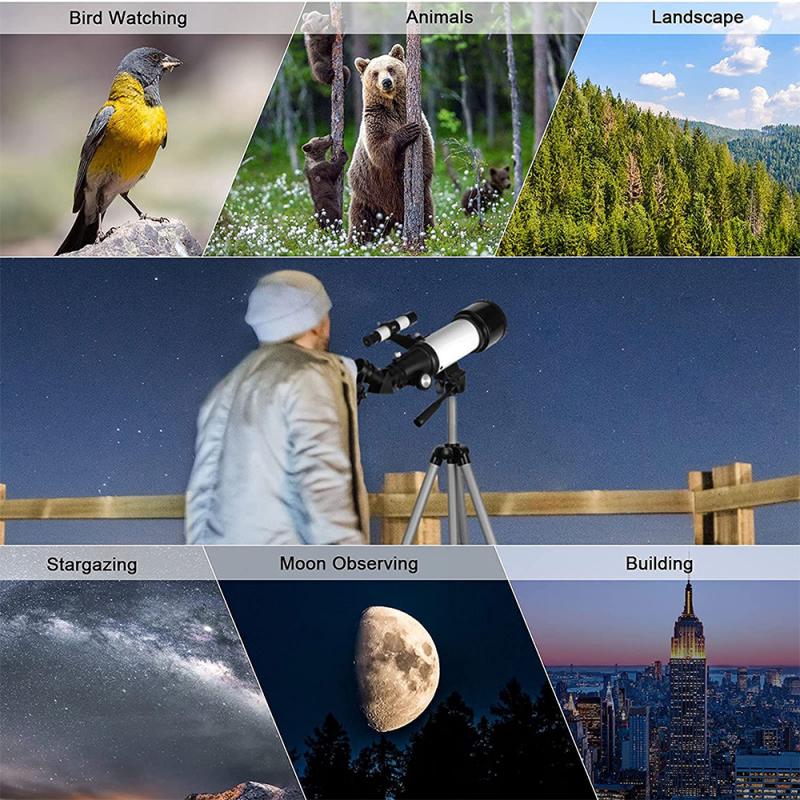
3、 Assembling and aligning the telescope's optical system
Assembling and aligning the telescope's optical system is a crucial step in building a telescope. Here is a general guide on how to accomplish this:
1. Gather the necessary components: This includes the telescope tube, primary and secondary mirrors, eyepiece, focuser, and any additional accessories.
2. Mount the primary mirror: Carefully place the primary mirror at the bottom of the telescope tube, ensuring it is securely held in place. Use adjustable screws or clips to achieve proper alignment.
3. Install the secondary mirror: Attach the secondary mirror to the top of the telescope tube, positioning it at a 45-degree angle to the incoming light. Ensure it is centered and aligned with the primary mirror.
4. Attach the focuser: Install the focuser at the back end of the telescope tube. This allows you to adjust the position of the eyepiece for focusing.
5. Align the mirrors: Use a collimation tool to align the mirrors. This involves adjusting the tilt and position of the mirrors to ensure they are perfectly aligned with each other and the optical axis of the telescope.
6. Test the alignment: Insert an eyepiece and perform a star test to check the alignment of the mirrors. Adjust as necessary until you achieve optimal alignment and clarity.
It is important to note that the specific steps and techniques may vary depending on the type of telescope being built. Additionally, advancements in technology have led to the development of computerized alignment systems that simplify the process. Consulting the manufacturer's instructions or seeking guidance from experienced astronomers can provide the latest insights and techniques for assembling and aligning a telescope's optical system.
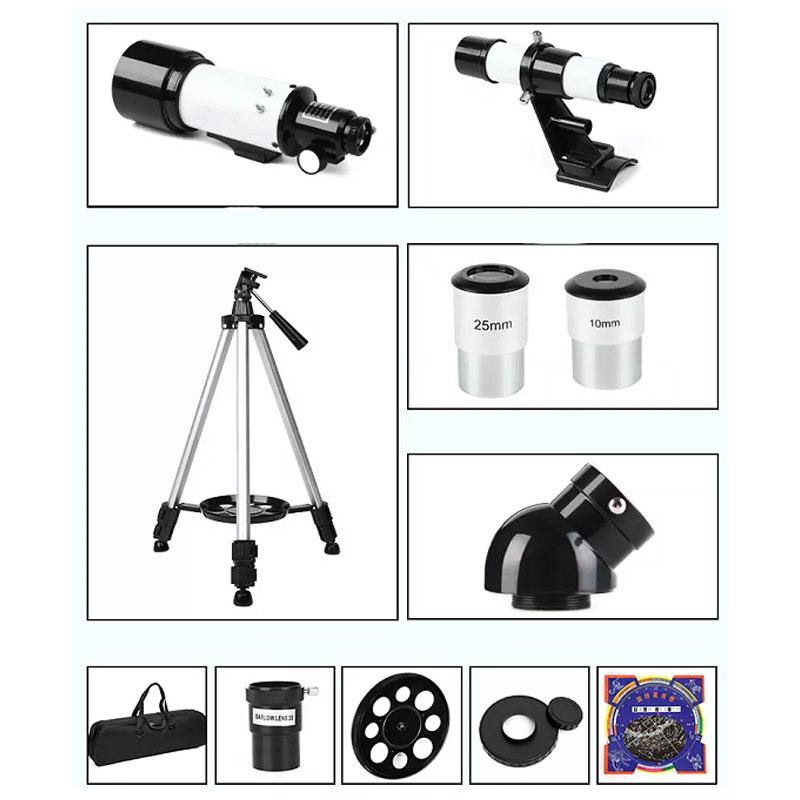
4、 Constructing a stable and sturdy telescope mount
Constructing a stable and sturdy telescope mount is crucial for achieving clear and steady views of celestial objects. Here are the steps to build a telescope mount:
1. Determine the type of mount: There are two common types of telescope mounts - the alt-azimuth mount and the equatorial mount. The alt-azimuth mount moves the telescope in vertical (altitude) and horizontal (azimuth) directions, while the equatorial mount aligns with the Earth's rotation for easier tracking of celestial objects.
2. Gather materials: You will need a sturdy tripod or pier, a mount head, counterweights (for equatorial mounts), and a dovetail plate to attach the telescope.
3. Assemble the tripod or pier: Ensure that the legs are securely fastened and the tripod is level. If using a pier, make sure it is firmly anchored to the ground.
4. Attach the mount head: Follow the manufacturer's instructions to securely attach the mount head to the tripod or pier. Ensure all screws and bolts are tightened properly.
5. Balance the mount: For equatorial mounts, attach the appropriate counterweights to balance the telescope. This helps prevent strain on the mount and ensures smooth movement.
6. Attach the telescope: Use a dovetail plate to attach the telescope to the mount head. Ensure it is securely fastened and properly aligned.
7. Fine-tune adjustments: Use the mount's altitude and azimuth controls to align the telescope with the desired celestial object. Make small adjustments as necessary for precise tracking.
To construct a stable and sturdy telescope mount, it is important to consider the latest advancements in mount technology. For example, some mounts now come with computerized tracking systems that use GPS and celestial databases to automatically locate and track objects. Additionally, advanced mount designs incorporate materials such as carbon fiber or aluminum alloys to reduce weight while maintaining strength. These advancements can enhance stability and ease of use, providing a more enjoyable observing experience.




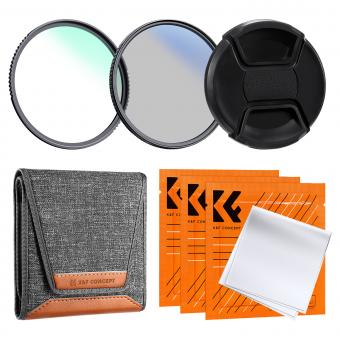





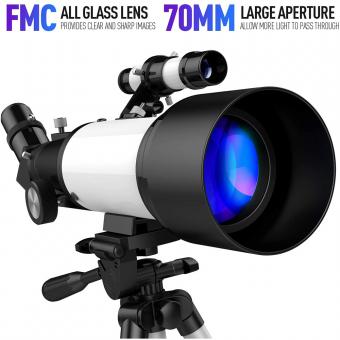









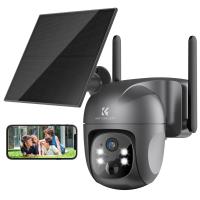
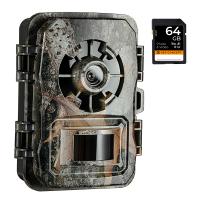


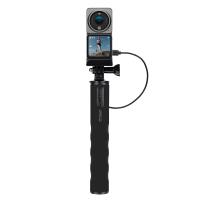
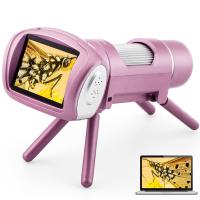


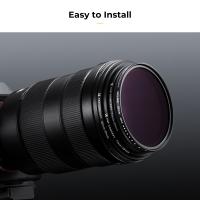
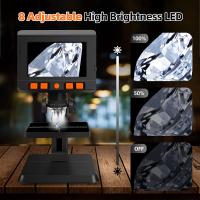

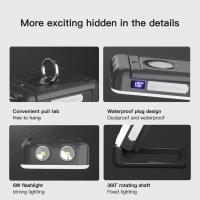
There are no comments for this blog.